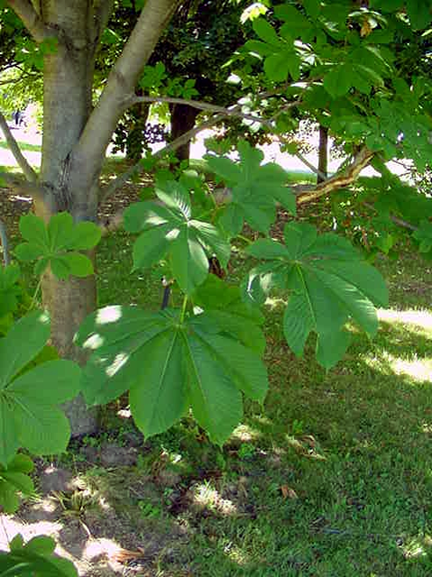
Woody > Aesculus > Aesculus turbinata > Aesculus turbinata
Aesculus turbinata
Japanese Horsechestnut
Origin: Japan
| Family |
| Sapindaceae (Hippocastanaceae) |
| Genus |
| Aesculus |
| Species |
| turbinata |
| Category |
| Woody |
| Type |
| Tree (deciduous) |
| Pronunciation |
| USDA Hardiness Zone |
| 6 |
| Canadian Hardiness Zone |
| 5 - 6a |
| RHS Hardiness Zone |
| H7 - H6 |
| Temperature (°C) |
| -23 - (-18) |
| Temperature (°F) |
| -10 - 0 |
| Height |
| 15 m |
| Spread |
| 8 m |
Photographs
Description and Growing Information
Flowering Period
| General Description |
| A large coarse textured tree, similar in initial observation to A. hippocastanum. |
| Landscape |
| Limited use in the landscape but suitable in large open areas where its form and white flowers can be seen from a distance. |
| Cultivation |
| Readily cultivated in average garden or landscape conditions. Suitable also for heavy soils but that have positive drainage. |
| Shape |
| Large rounded crown. |
| ID Characteristic |
| Broad almost pear shaped fruit about 5 cm wide with a rough surface and few spines. |
| Pests |
| Prone to horse chestnut leaf miner ( Cameraria ohridella). |
| Flower/Leaf Bud Description |
| Large pointed resinous buds. |
| Leaf Description |
| Large leaves, usually five leaflets per leaf but can be more, sessile and obovate. |
| Flower Description |
| Large white panicles to about 30 cm in height.The flowers are hermaphrodite. |
| Fruit Description |
| Broad almost pear shaped fruit about 5 cm wide with a rough surface and few spines. |
| Colour Description |
| Autumn colour of little value. |
| Texture Description |
| Very coarse textured tree. |
| Notable Specimens |
| Weldon Library, University of Western Ontario, Ontario, Canada. |
| Propagation |
| The seed germinates almost immediately and must be given protection so it is best to sow it immediately upon collection in a cold frame. The seed is recalcitrant and has a very limited viability and must not be allowed to dry out. It cannot be stored long term (greater than three months). |
